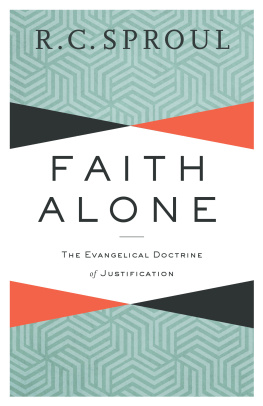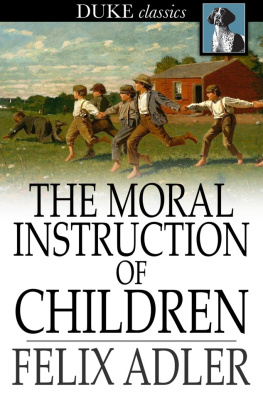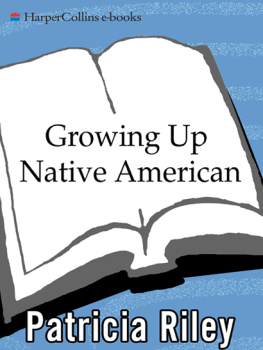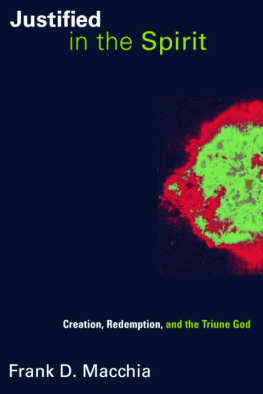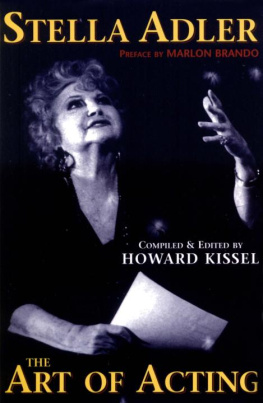This edition is published by PICKLE PARTNERS PUBLISHINGwww.picklepartnerspublishing.com
To join our mailing list for new titles or for issues with our books picklepublishing@gmail.com
Or on Facebook
Text originally published in 2000 under the same title.
Pickle Partners Publishing 2014, all rights reserved. No part of this publication may be reproduced, stored in a retrieval system or transmitted by any means, electrical, mechanical or otherwise without the written permission of the copyright holder.
Publishers Note
Although in most cases we have retained the Authors original spelling and grammar to authentically reproduce the work of the Author and the original intent of such material, some additional notes and clarifications have been added for the modern readers benefit.
We have also made every effort to include all maps and illustrations of the original edition the limitations of formatting do not allow of including larger maps, we will upload as many of these maps as possible.
A SAVAGE EMBRACE: THE PEQUOT WAR OF 1636-37
By
William A. Adler, USA.
ABSTRACT
This thesis examines the ideological justification and conduct of the Pequot War (1636-1637) in Southern New England. It will address as a central issue the role religion played for the English in shaping their response to the challenges of colonization and resistance from indigenous tribes. The first chapter will serve as an introduction to the topic. Chapters two and three will describe the events prior to and including the conflict in detail. Chapter four will discuss the religious underpinning of Puritan thought and policy. Chapter five will examine the military factors that made the destruction of the Pequot both possible and all but inevitable. Chapter six will conclude the examination and highlight the continued relevance of religion as a shaping force for policy and war.
ACKNOWLEDGMENTS
I would like to thank my wife Alice for enduring the multitude of hours devoted to completing this thesis and reviewing the numerous drafts and drafts of drafts before sending them on to my committee. Second, I am extremely grateful to my committee, Dr. Joseph Fisher, Dr. Thomas Frame, and Mr. Lowell Solien, for reviewing my work and providing guidance to keep me on azimuth. Finally, I must thank Dr. Terry Beckenbaugh and fellow students in the A221 course that provided excellent feedback on my work and guidance for my research.
CHAPTER 1 INTRODUCTION AND BACKGROUND
In the year 1630 English Puritans established a settlement on the Atlantic coast near present day Salem, Massachusetts. The Massachusetts Bay Colony shared similar, but not identical, Puritan beliefs with their countrymen who had established a small colony on the shore of Cape Cod Bay only a decade prior. During that same period, in what is now southern Connecticut, a powerful regional tribe enjoyed what was probably the zenith of its existence. {1} The Pequot Indians, living along the present day Thames River, were one of the dominant tribes in a densely populated region. Within less than a decade the tribe would be decimated. They would suffer through a disastrous period punctuated by disease, war, subjugation, and absorption. It was the English colonists who unleashed much of this horror on the Pequot people. {2}
This thesis will examine the dominant role that religion, as opposed to commerce, or simple racism, played in the shaping of the English response to the Pequot challenge. The body of this examination consists of four chapters. To provide background and context for the central argument the second and third chapters will examine the converging factors of trade, cultural disruption, and intertribal conflict and their impacts on the political and security environment for the Puritan colonies. Chapter four will discuss in some detail the specific ideology of the Massachusetts Bay Colony Puritans to discover their views on coexistence, compromise, colonization, and conflict. This is significant to understand the profound cultural differences between the Indian and European societies that magnified the velocity and impact of specific provocations. It will attempt to describe the cultural terrain that shaped the struggle between native and newcomer, and gave greater force and meaning to otherwise minor events. {3} The fifth chapter will follow thought into action and examine the military mismatch that doomed the Pequot to defeat at the hands of the relatively small English force. Distinct from the obvious technical differences between the parties, there were marked contrasts in the perceptions and expectations of warfare as well as the practice of combat. These differences will further explain the wars final outcome.
The war between the English Colonies of Massachusetts Bay, Plymouth, and Connecticut, and the Pequot Indian tribe was the first organized armed conflict between a northeast native tribe and their newly arrived English neighbors. The suspicion, fear, and hostility of the English towards the native tribes sparked into open conflict in 1637. {4} The central actors, on both sides, believed they were engaged in a struggle for self-preservation. The English brought their own military traditions, forged through centuries of brutal combat, to the colonies and unleashed it on the Pequot, motivated by a religious zeal. {5} During this period each side fell back upon their traditions and creeds to explain the events occurring around them. The war foreshadowed other more extensive campaigns in the struggle for dominance in North America. In this contest between the growing English settlements and the divided and diminished tribes of coastal New England accommodation and compromise were not realistic options.
The English colonists in the early seventeenth century were set into a world view framed by their Puritan religious beliefs. The Puritans of Massachusetts Bay Colony adhered to a strict interpretation of their Protestant Christian faith. This influenced nearly all aspects of public and private life, and shaped their understanding of the world around them. Their understanding of their purpose and objectives was framed in religious terms. Those views placed established a barrier between themselves those Indian tribes who adhered to their own set of religious and cultural beliefs.
The Pequot, a proud and powerful tribe, found themselves at odds, politically and culturally, with the expanding English colonies of New England. This fact alone was not enough to place the Pequots in a position to suffer the English wrath. Their own political and economic interests set them on the path for collision. For their part, they were unable to fully understand the perspective and intentions of the English and develop a coherent strategy, or pathway, for dealing with the newcomers. The Pequot were overcome by a storm of catastrophic events which foreshadowed the fate of many other North American Indian tribes.
To answer the primary questions of the thesis the circumstances surrounding the war must be examined. Understanding the English, who were settling the rough coastline of New England in the seventeenth century, means understanding their interpretation of Christianity and how it was firmly woven into their cultural life. Similarly, consideration of the native religious, cultural, and political beliefs enhances our understanding of their actions and responses. These belief systems helped both civilizations map their respective frontiers. Developing a broad view of this human terrain {6} can lend perspective to the examination of decisions and outcomes which have shaped our collective past. The same understanding is still relevant today, with refinement, to navigate effectively among the diverse nations of our increasingly crowded world.



